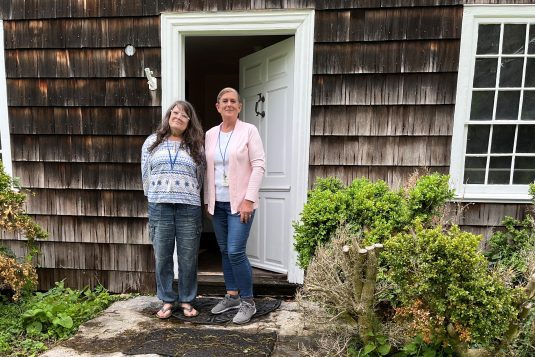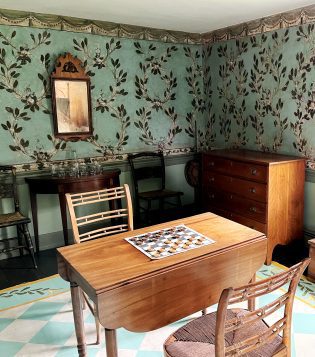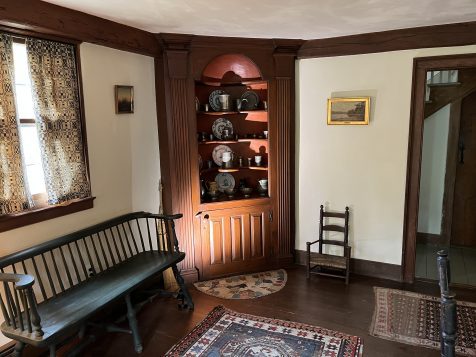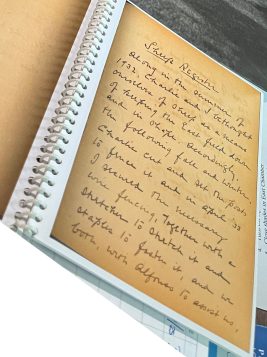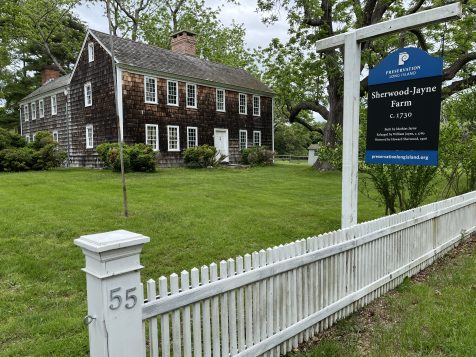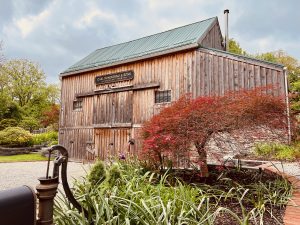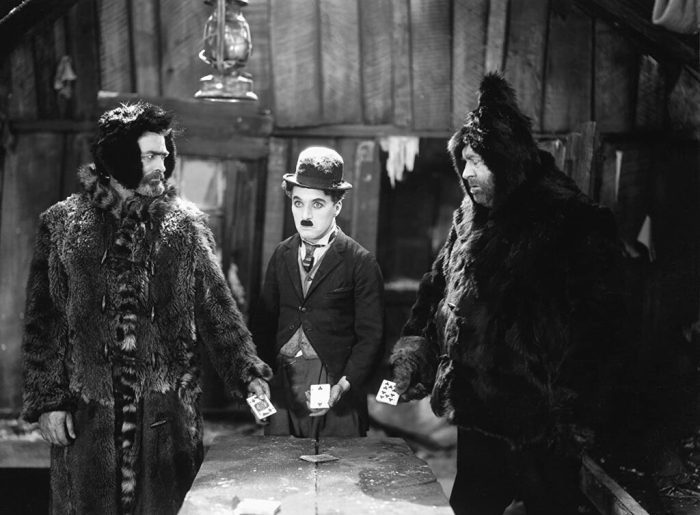The month of July has been home to many historical events over the years. Here’s a look at some that helped to shape the world in July 1925.
• The Kuomintang proclaim a new national government for the Republic of China on July 1. • Nikolai Golitsyn is executed by the Soviet Union on July 2. Golitsyn, the last prime minister of the Russian Empire, was charged with participating in a counterrevolutionary monarchist organization. The Bolsheviks granted Golitsyn an opportunity to leave the Soviet Union, but the 75-year-old aristocrat chose to stay.
• Forty-four people lose their lives when a ceiling collapses inside the Pickwick Club in Boston on July 4. The club was hosting a Fourth of July celebration when a ceiling above roughly 120 people dancing at 3:30 a.m. collapses.
• The treasury of St. Peter’s Basilica in Rome is robbed on July 4. Police report between five and seven million lira worth of valuables, including gold crosses and other religious objects, were stolen during the heist. Numerous arrests are made and stolen items are recovered just two days later.
• The Boeing Airplane Company test flies its first passenger aircraft, the Boeing Model 40, on July 7.
• Ralph Samuelson becomes the first person to perform a ski jump on water while performing at a water carnival on Lake Pepin in Minnesota on July 8. Samuelson eventually earns the nickname “The Father of Waterskiing.”
• Ecuadoran president Gonzalo Córdova is arrested and removed from office by the Military League on July 10.
• The Scopes Monkey Trial begins in Dayton, Tennessee, on July 10. Scopes is ultimately found guilty of violating the Butler Act and fined $100 on July 21.
• English high school student Phyllis Green breaks the world record for the women’s high jump on July 11. The 17-year-old Green becomes the first female competitor to jump higher than five feet.
• A mob of 200 white residents of the logging town of Toledo, Oregon, kidnap 29 residents of Asian descent on July 12. The kidnapped residents are placed on a train bound for Portland. Five mob leaders are ultimately arrested and one of the residents is eventually awarded financial damages for violation of his civil rights.
• Archaeologists in what is now the Czech Republic discover one of the oldest ceramic figurines in the world on July 13. The roughly four-inch artifact is estimated to be from before 24,000 B.C.
• The Canadian province of Saskatchewan repeals the Prohibition Act of 1916 on July 16.
• A flood wall collapses on July 17 after several days of heavy rains in Hong Kong. Eighty people are killed after a landslide sparks the collapse of the wall.
• The first volume of Adolf Hitler’s autobiographical manifesto Mein Kampf is published on July 18.
• Britain enacts the first Palestinian Citizenship Order, 1925, on July 24. The act officially defines a Palestinian for the first time and remains in effect until 1948.
• American lawyer, orator and politician William Jennings Bryan, who ran for president three times between 1896 and 1908, dies in his sleep on July 26. Bryan’s death comes just five days after he obtained a guilty verdict in the Scopes Trial.
• George Seldes is ordered to leave Italy on July 27. Seldes was in the country as an American correspondent for the Chicago Tribune and refused to alter the tone of one of his dispatches that was critical of the Fascist government led by Benito Mussolini.


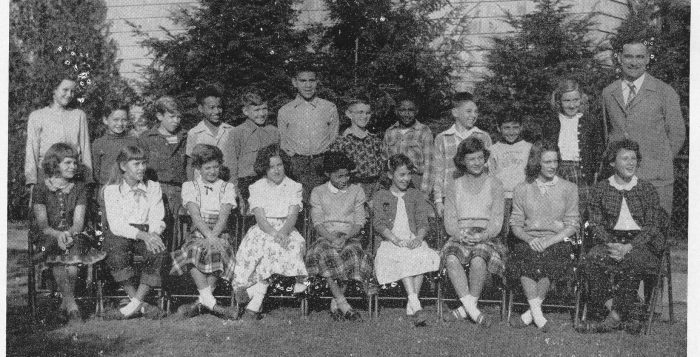
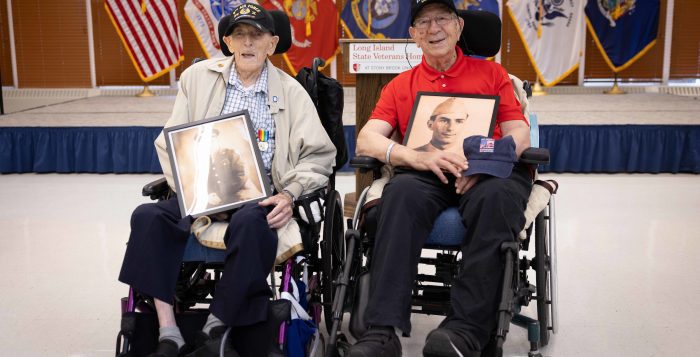
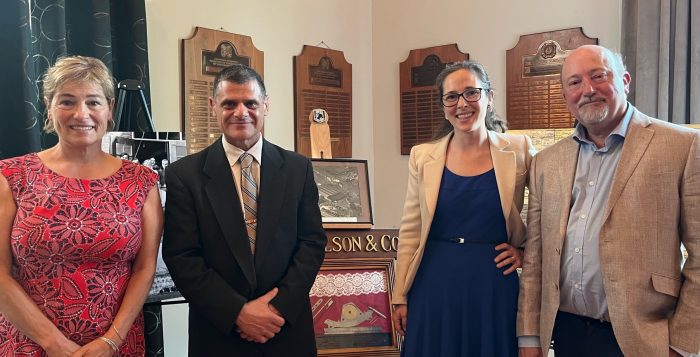
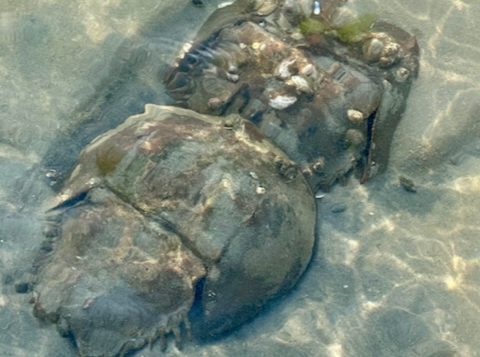



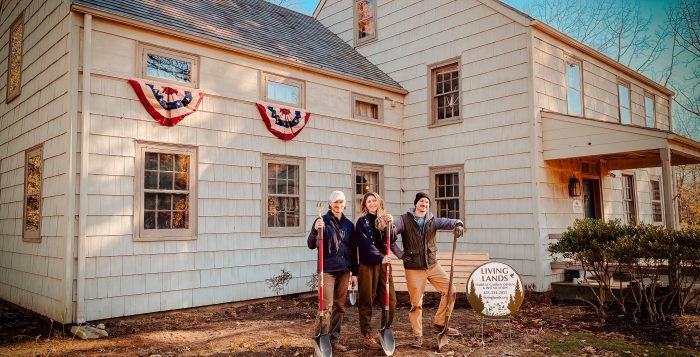
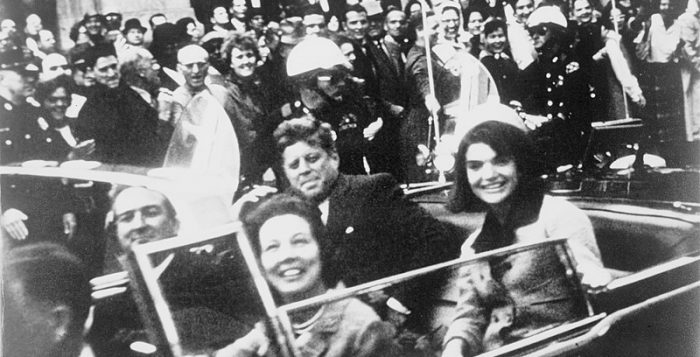

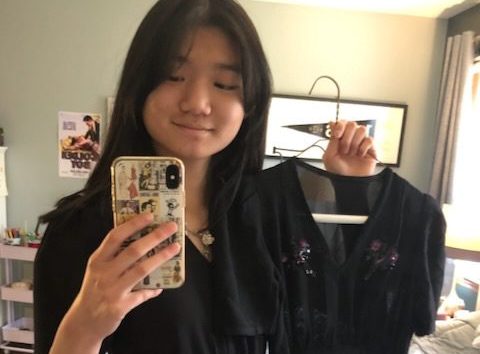




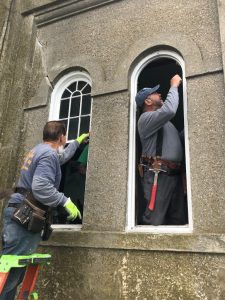

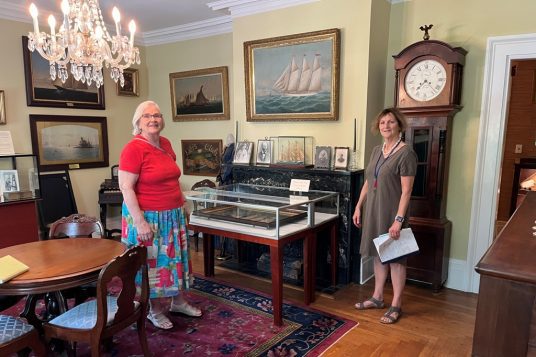
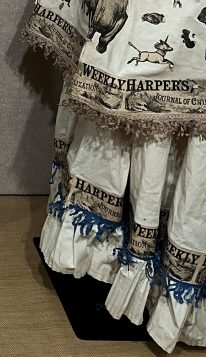

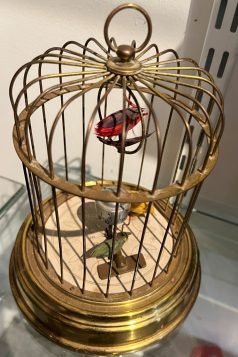
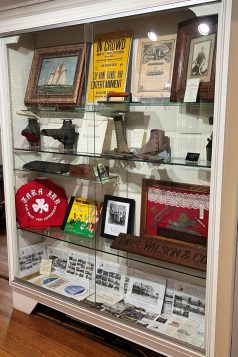

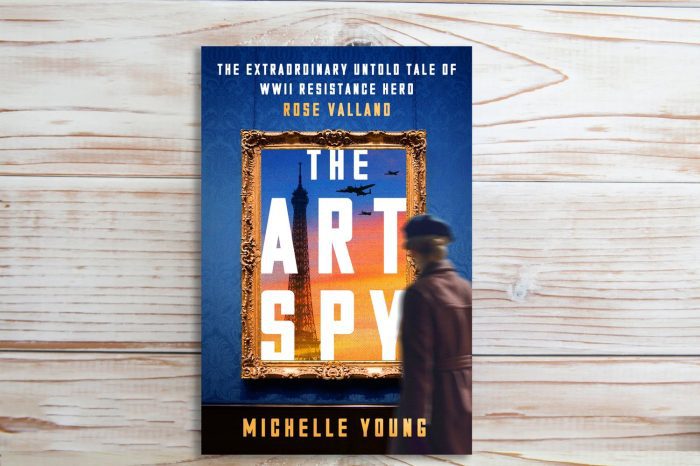

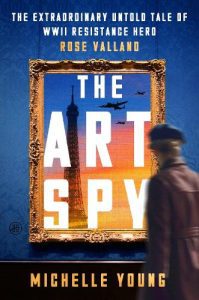 Young’s thoroughly researched and engaging book follows Valland from the late 1930s to the mid-1940s in a world populated by the creations of luminaries like Salvador Dali, Max Beckman, Pablo Picasso, Henri Matisse, Paul Cezanne, Claude Monet, and many others. The Art Spy traces the early days of World War II throughout Europe, the anticipation of the incursion into Paris, followed by the exodus, and the ultimately desolate and abandoned city. Grounding her descriptions in detailed research, she evokes the visceral tensions of the time.
Young’s thoroughly researched and engaging book follows Valland from the late 1930s to the mid-1940s in a world populated by the creations of luminaries like Salvador Dali, Max Beckman, Pablo Picasso, Henri Matisse, Paul Cezanne, Claude Monet, and many others. The Art Spy traces the early days of World War II throughout Europe, the anticipation of the incursion into Paris, followed by the exodus, and the ultimately desolate and abandoned city. Grounding her descriptions in detailed research, she evokes the visceral tensions of the time.